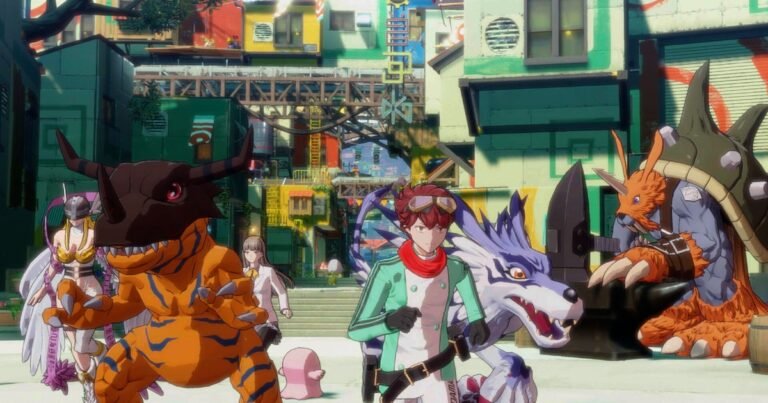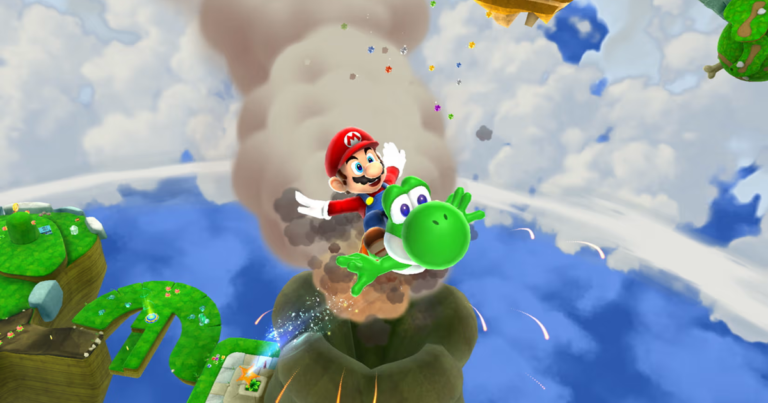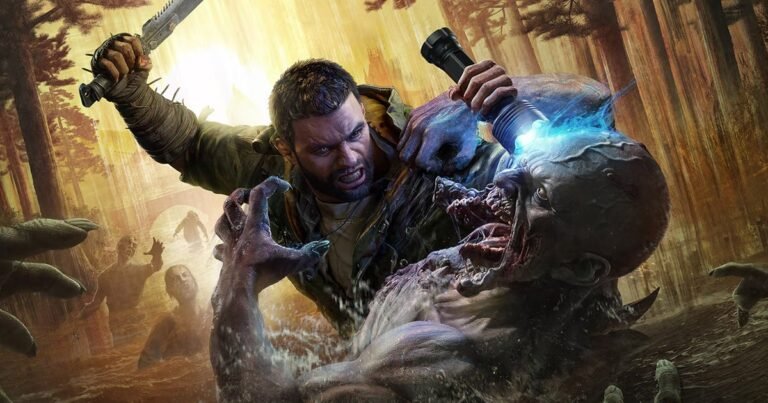
Starfield finally reaches our galaxy, after long and never-ending years of waiting, it brings with it the promise of adventure, discovery, and exploration. It has been a long journey, full of challenges and Gravitational Jumps that tested the patience and expectations of eager players, impatient to be transported to a vast and unknown universe, where each star hides secrets and mysteries waiting to be unveiled. The release of Starfield transcends the mere category of a new title, it symbolizes the flag that Xbox has proudly waved in recent years. It not only fills a void, it is a decisive piece for the Xbox ecosystem portfolio. Bethesda has worked tirelessly to ensure that everything was delivered with the utmost excellence, to provide players with the feeling of being involved in something truly special, the result of unwavering dedication.
## Xbox Ecosystem Flag
We all know Bethesda’s history with their games, with titles like Fallout 76, which left marks on the studio’s reputation, becoming associated with bug-filled and problematic releases. In this context, the expectations surrounding Starfield were enormous. It couldn’t fail, it needed to be an experience worthy of all the hype surrounding it, and Bethesda had to surpass themselves, delivering something truly epic and unforgettable. But the big question is: did they succeed? As I played, I found myself intensely focused on constructing the events in my mind, relegating their presentation to the background. The plot, in itself, is well-crafted, but its execution leaves much to be desired. Instead of feeling like I was witnessing an epic presentation, I had the feeling that the presentation merely met the minimum requirements to make the story progress and the game work. It is worth noting that this analysis is completely spoiler-free, so I will not go into details about the events or characters.
## Sometimes Delivers on Bethesda’s Promises
As a game, as a playable experience and interactive entertainment, Starfield sometimes delivers on Bethesda’s promises. There is a vastness of worlds to explore – galaxies, planets, satellites, and stations – it becomes an apparently endless adventure. The feeling that we can spend endless hours in Starfield, always finding something to do, is one of its greatest achievements. There are truly glimpses of a feeling that we are in a universe full of mysteries, of a vastness that can even be intimidating. It is in these moments that Starfield shines, when it leaves us amazed by the vastness of space and the promise of discovering something new at every corner of the galaxy. The customization of our character is completely handed over to the player, and here Bethesda delivers perfectly. The available options are significant, allowing us to create the character we desire. We can choose our origin and define some initial attributes, which will serve as a basis for the subsequent development of skills and powers. This approach is effective and special, as it is not only based on gaining experience to assign to desired skills, but also requires the execution of specific actions for skills to evolve. I found this aspect particularly interesting, as it is rewarding and emphasizes the importance of each player’s gameplay style. Exploring the vast universe created by Bethesda should mainly occur through our ship, at least in theory. However, in practice, the freedom of movement of the ship is very restricted. We only have one moment when we really take control of the ship, when we are in orbit of a planet. Everything else related to the ship is automated – takeoffs, landings, travel to other galaxies, and even entering planets. There is no real sense of freedom in gameplay when piloting the ship; in fact, most actions happen through loading screens, and before we know it, we are already at the intended location. This significantly reduces the sense of exploration.
### Spaceship is too automated
I also found it strange, but to a certain extent understandable for the sake of mobility and speed in moving through the various systems, is that we don’t need to physically move to our ship. Just open the map and choose the destination, as long as it is known, we can get there with just one loading screen, covering hundreds of thousands of kilometers in just one minute of loading screen. However, this reduces the feeling of connection with the ship and the space exploration experience that one would expect in Starfield. This way of moving through the Starfield universe is somewhat awkward, as it takes away the immersion in the game. We are constantly faced with multiple loading screens without anything extraordinary happening. I consider Bethesda’s choice questionable, as in my view, it is overused. It is further aggravated by the lack of freedom of movement with our ship, which in terms of gameplay only allows combat against enemy ships in a kind of “bubble” created in the orbit of each planet. This approach ends up limiting the potential for space exploration that could be an exciting part of the game.
Starfield: A Mixed Bag of Promises
Starfield is not just a game about space exploration; it is an RPG that takes a more action-oriented approach, breaking away from the constraints of the Fallout series. The combat gameplay is fluid, effective, and convincing, offering a rewarding experience for players. The vast arsenal of customizable weapons adds depth to the gameplay, while the customizable suit enhances the overall experience.
Arsenal Variety and Excellent Customizations
Exploring the planets in Starfield presents a mixed experience. While the vastness of the universe is awe-inspiring, there are limitations to traversing the entire planet. However, this decision adds to the overall excitement of exploration, as the variety of activities available, such as creating outposts, building structures, and embarking on missions, keeps players engaged.
Dual-faced Visuals and Hardware Demands
Visually, Starfield offers stunning locations but also falls short in some areas, raising questions about its status as a current-generation title. Performance-wise, the game demands high-end hardware, with the Xbox Series X|S version running at 30fps. Players seeking a smoother experience may need to invest time in adjusting visual settings to achieve a balance between performance and image quality.
Merits, Achievements, and Unfulfilled Promises
Despite its merits, Starfield fails to fully deliver on its promises. The game falls short of expectations, lacking the joy and satisfaction players anticipated. While there are remarkable moments in the game, it ultimately feels like a showcase of ambition rather than a true achievement. Addressing the numerous bugs and issues is crucial for Bethesda to ensure a stable and enjoyable gaming experience for players.
Pros:
– Visually stunning moments
– More than just the main story
– Good skill system
– Wide variety of weapons
– Excellent customization
– Rewarding combat
-Rewarding combat
Cons:
– Scattered narrative and lack of cinematic realization
– Too many bugs, way too many
– Some areas lack visual quality
– No real HDR support, very poorly implemented
– Too many loading screens
– Not much to do with the spaceship
– Planetary exploration feels very barren



